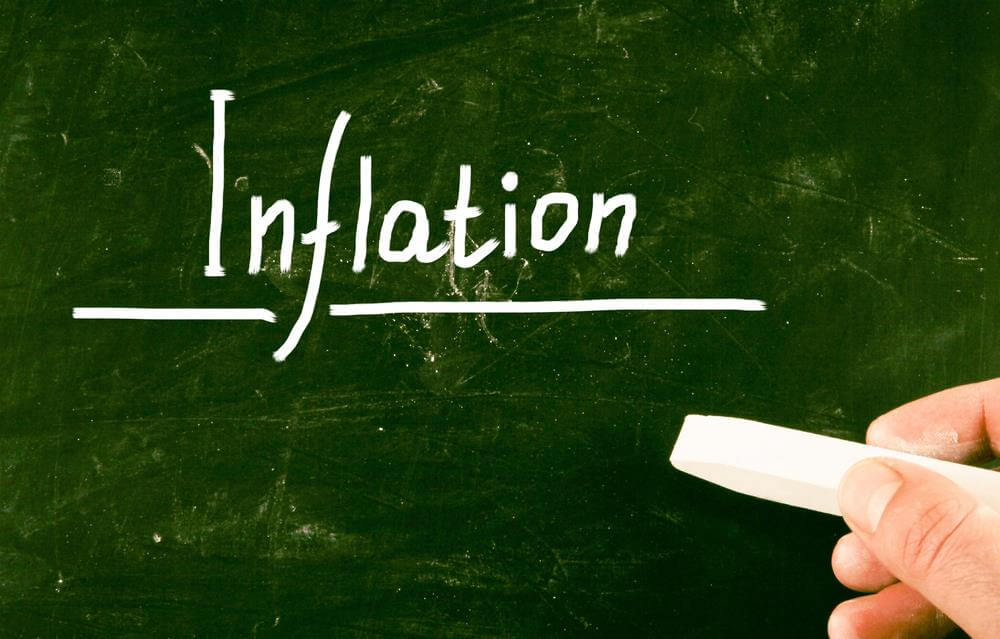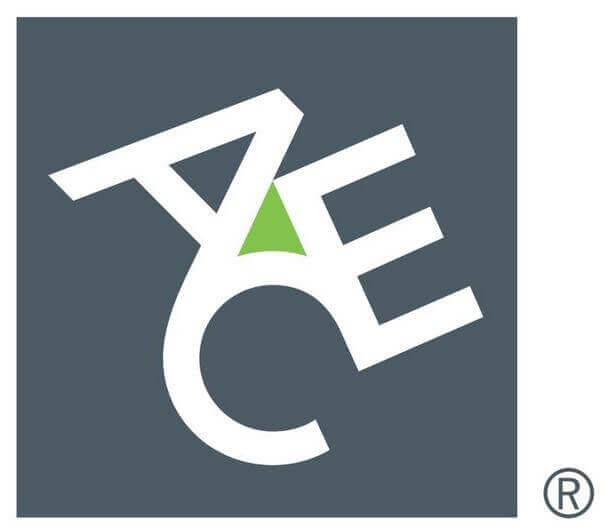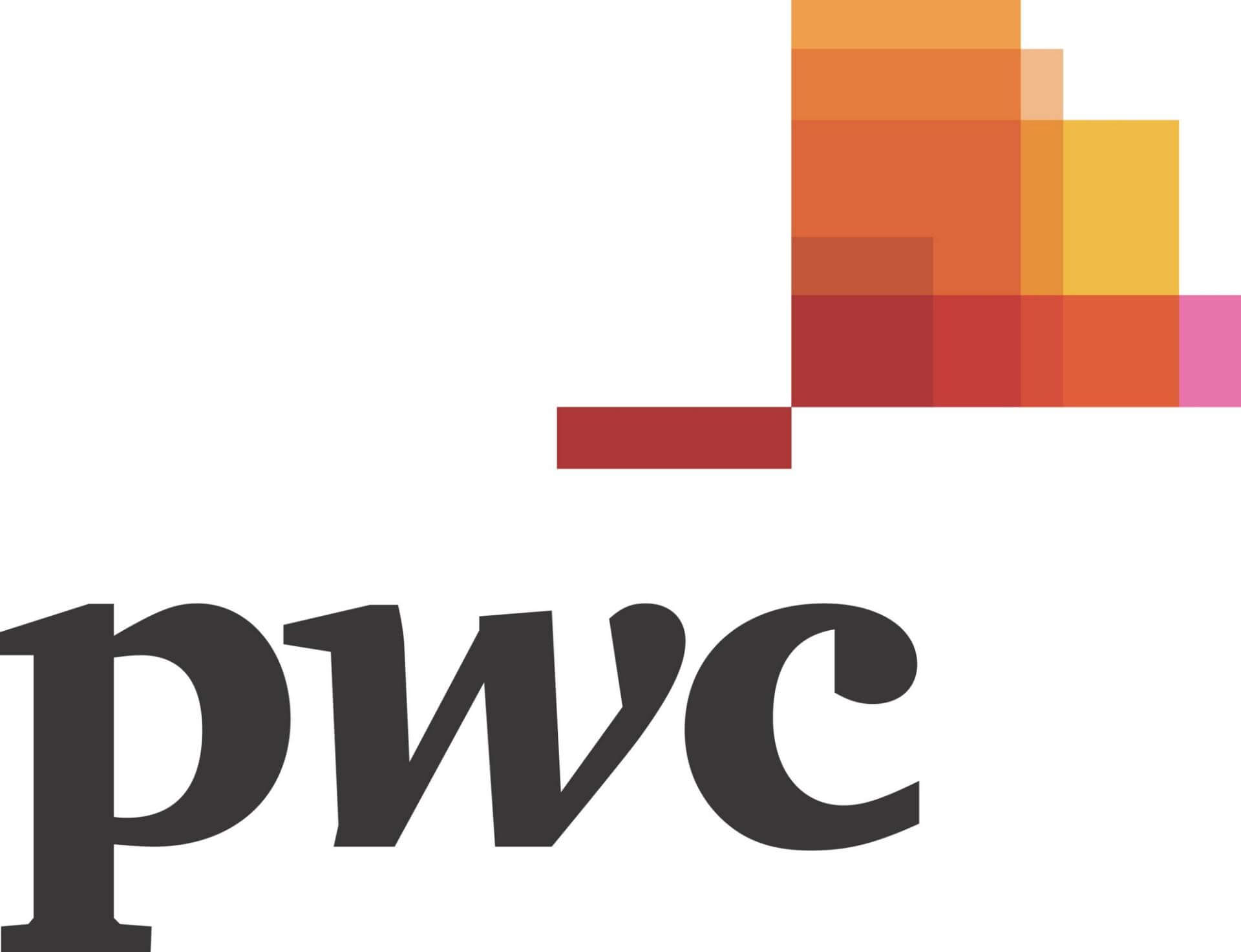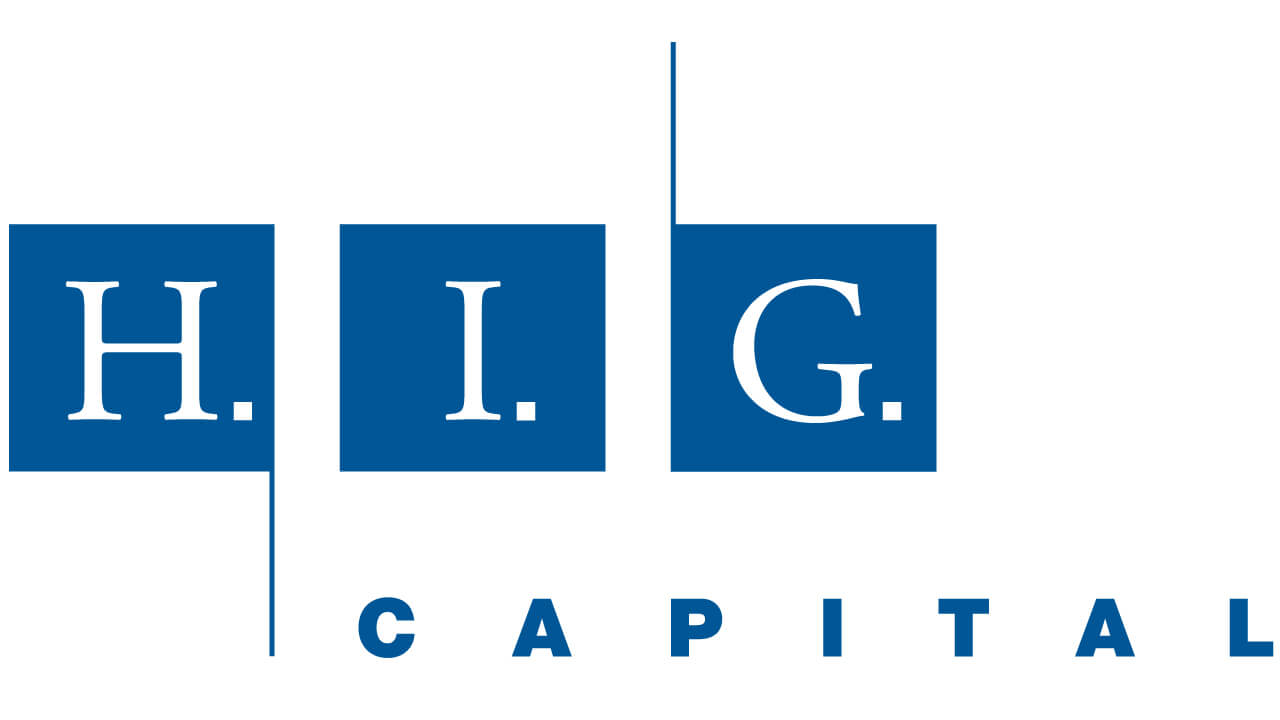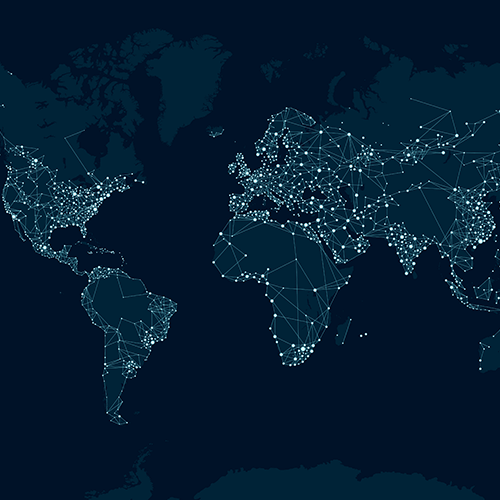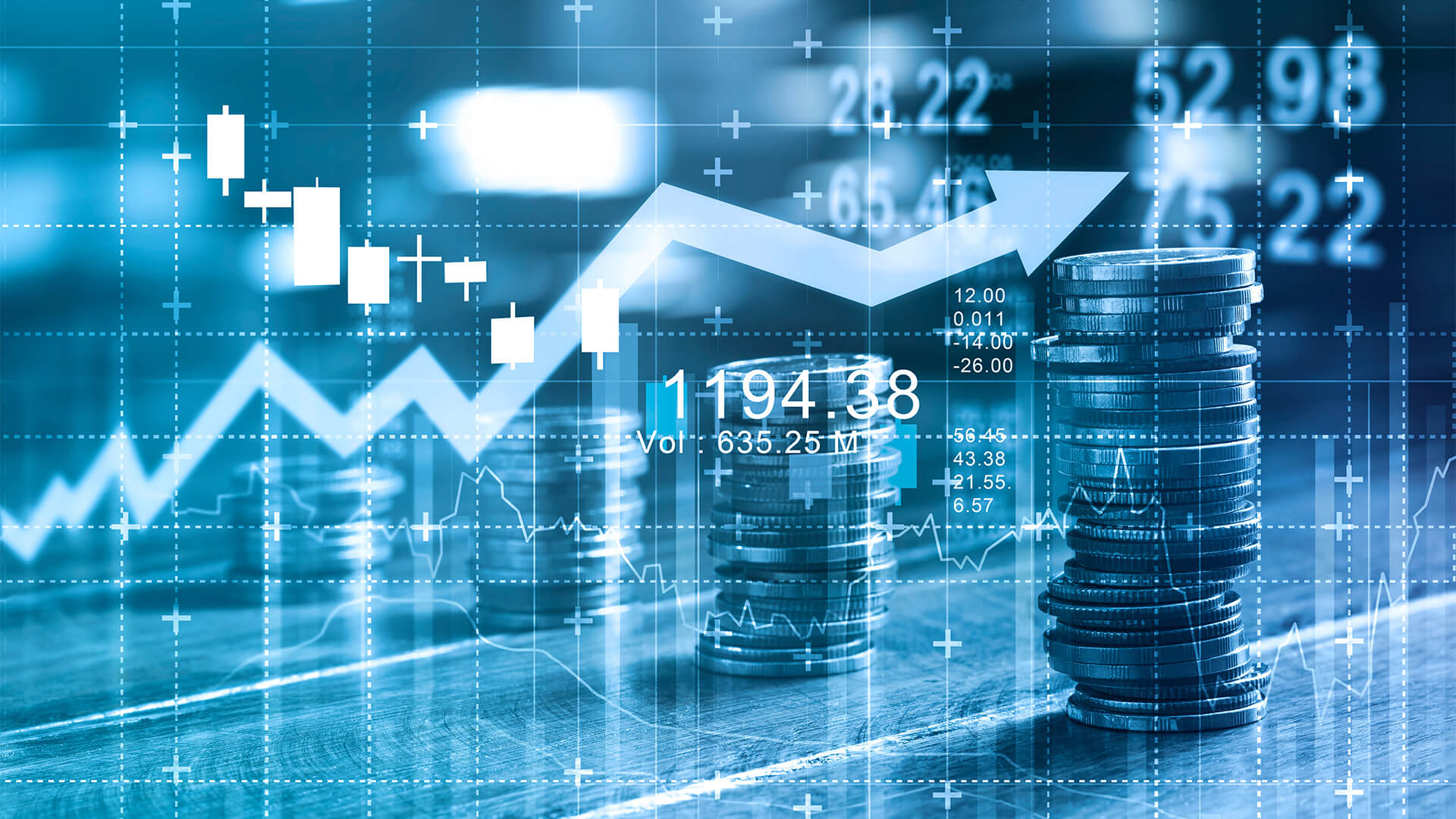
To understand how the financial world has got to where it is, it’s important to look at the history, in order to gain context. Whilst finance has changed a lot over the years, the broad definition of it has stayed the same.
Where Currency First Began
The term of currency is broad, but its roots can be tracked down to the caveman, who could have given someone something they held valuable, such as a shiny rock, for some meat that another had hunted.
In truth, the definition of a transaction has largely stayed the same but has just become more open in what it defines. Eventually, as communities started to form together into bigger groups, such as towns and cities, simple trades wouldn’t really work.
In ancient times it was the Sumerians, one of the oldest civilisations in the world, who realised that they needed another method. This was because of the rise of farming, which meant most people had access to food and had it in abundance, making it pointless to trade. The leaders at the time recognised this need, and invented money to help control how society traded.
How the Industrial Revolution Changed Finance
Fast forward a few thousand years, and there was suddenly an abundance of new technologies that were designed to make human life easier. One of the major ones, was steam.
Steam powered technology led to steam trains, which also led to railways and transport that was capable of travelling to different countries much quicker than ever. As you can imagine, this made communication and business more organised, as they could meet quicker and make transactions quicker than ever.
It was around this time that banks started to open their doors for the first time, and with different nations trading more and more, the governments of the world started to mandate and license trading.
How Assets Were Important
Physical assets have been important to the financial world for a number of years. When thinking of assets, you can think of gold bars, which are often held by banks and governments in vaults to accrue interest and hold something of value to strengthen their financial capital.
Most people will hold some sort of asset, whether that be something trivial such as vintage memorabilia, or something more concrete, such as property. Property is considered a major asset, as it very rarely declines in value, usually becoming more valuable as work is done and the housing market changes.
One of the worst assets you could hold, is a new car. New cars will lose almost 30% of their value as soon as they drive away from the shop, and after a few years, could lose almost 60% of its initial value. The market of second-hand cars is flooded with stock, meaning new cars offer little value in the financial world.
How Digital Assets Have Become Important
Digital assets have become more important to the business world, as it can help them with influencing buying behaviour. These assets can represent a visual product or service, or just be something that you as an individual or corporation hold.
A digital asset can be defined as anything that stores content digitally. Most of the time, it will be something that holds some sort of monetary value, but it doesn’t always have to. For companies, it could be something that is only valuable to them, or it could be something that has nothing to do with them that is used to turn a profit.
Banks often hold many digital assets as of recent years. Previously, they only had vaults of physical cash, but these days they’ve turned their attention towards digital outlets such as cryptocurrencies as they see it as a one-day valuable piece of stock.
You can also get images, photos, videos or any sort of online file or document that would count as a digital asset. Throughout recent history, there have been an emergence of new digital assets. For example, MP3s almost came out of nowhere in the early 1990s, and it didn’t take them long to start dominating the digital space and be shared amongst people.
You can identify a digital asset in three main ways. The first being, it needs to be purely digital, in terms of how you use it and share it. It also needs to be uniquely identifiable in its nature, and not something confusing. Lastly, it needs to hold some sort of value to whoever holds it.
There are many ways you can grow your digital asset portfolio with Unagii and their access to yields across many digital blockchains. Unagii is an automated service, so the hard work is taken off your plate as your organization’s rewards and monetary value is unlocked.
Fintech Explained
Fintech stands for financial technology, which as you can imagine, covers a wide range of topics. You could even explain the introduction of Fintech to thousands of years ago, when scales were used to weight money.
Of course, the technology has evolved quite a bit since then, but the core element of it has stayed the same. Aside from other ancient monetary techniques of collecting and counting money, the term became more broadly used in society in the last few hundred years, especially in the 19th century.
This was when money started to be able to move differently around the world, through telegrams or even morse code. This changed the world as it was known back in the day, as it opened up a range of different investment opportunities, and awoke people to the idea of financial technology.
It wouldn’t be long until new financial technologies started to appear in society, through something known as an ATM. Of course, these are very common now, but the first only appeared in 1967, after a switch from analogue to more digital finance.
During the 1970s, the world’s first digital stock exchange opened up known as NASDAW, as well as the society for worldwide interbank financial telecommunications, to help regulate the communication between financial institutions making international transactions.
Digital banking started to appear more commonly from the 1990s onwards, where PayPal was introduced amongst other payment systems. It wasn’t until the financial crisis of 2008, that fintech had to evolve once more.
This is where cryptocurrency was born, and smartphones started to dominate everyone’s life. This meant apps had to be built to help users navigate the financial world, this led to banks creating their own digital banking products and allowed third-party companies to have access to financial data.
The rest, as they say, is history. Contactless payments were introduced and have become a preferred method of payment, through cards, phones and even watches.
What Banking Will Look Like in the Future
With many banks now looking to purchase crypto such as Bitcoin to hold as an asset, you can be sure that banking will look more digital in the future. Of course, global economies were devasted during the recent COVID-19 pandemic, which lost billions across the world due to business closures and lack of cashflow.
This has led to blockchain financial institutions becoming more popular, and this will only continue to expand. Financial technologies are predicted to become smarter, where the ways in which money is collected and managed will change and become more universally accepted across multiple platforms.



